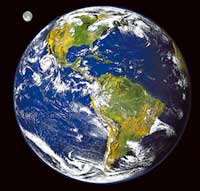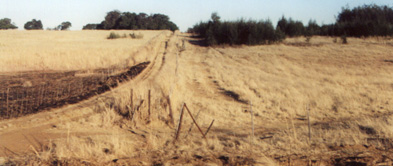
The sound, stench & color of despair
"Oh the wind, the wind, the wind," she would say, shaking her head, a haunted look on her face.
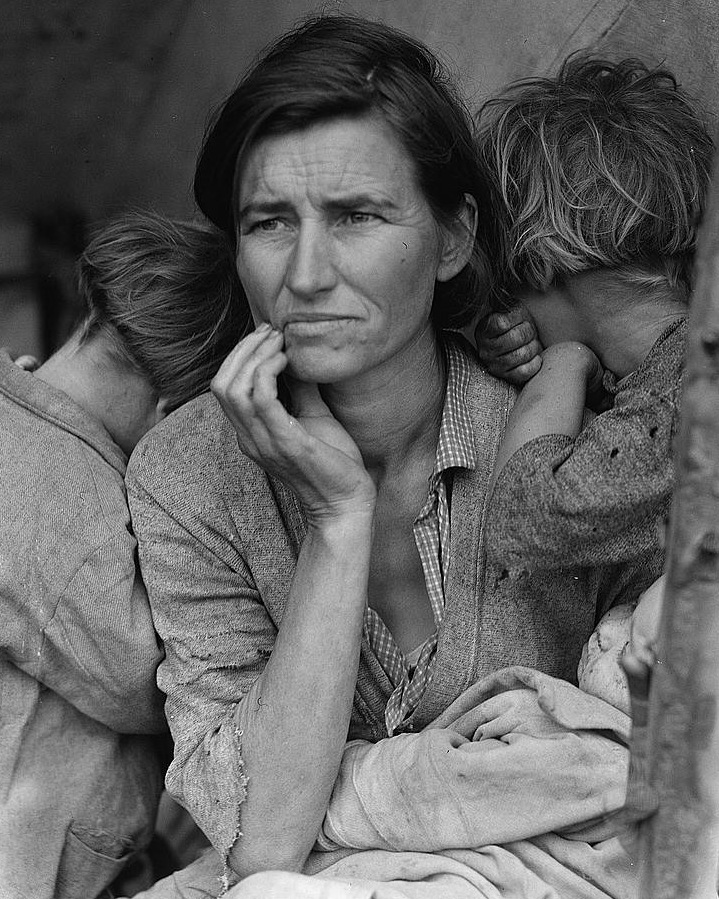 Lizzie White lived in a shack, "The shack had no electricity, no running water."
Lizzie White lived in a shack, "The shack had no electricity, no running water."
"Just the sound of the prairie wind could make her stomach tight, for she knew what would follow."
"Keeping the dust out was impossible....It could penetrate like a spirit...."
"And the sight of her children, these hungry kids, their noses never clean."
"The dust pneumonia scared the life out of her. Her sister,...had caught it. Came up with a fever and powerful body aches and had trouble breathing, as if her air passages had been cut off. "
"The worst thing was the wind. It never stopped."
Disease | Bennett | questions | report | dates | photographs | Causes | Solutions | conservation | conclusion
Lizzie White's sister coughed "all night and day till she broke three ribs.... Before she could find her way to one of the emergency hospitals. . . .
Fever shot up, and then she died…"
"Young Melt's job was to tend the garden, hauling water in pails to a square of ground....Melt went outside to to check the garden. He had watered it that morning, but now it was dead, killed by the electric currents of the duster; the leaves were black and the vines collapsed. The static had singed the foliage of the watermelon plants."
p. 180, Egan.
In Mary Austin's Land of Little Rain, the color white was referred to repeatedly through the essay on the Owen's Valley and its inhabitants. What is the significance of the color of the dust, encountered by residents of the southwest plains during the dust storms?
What knowledge does that suggest to you people know if they comprehend a particular place and its surroundings?
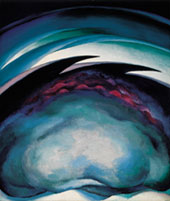
The Great Plains , by Georgia O'Keeffe (1919) (oil)
Bennett | report | dates | photographs | Causes | Solutions | conclusion
"In an age when the people who ran the country thought the great rivers of America could be plugged to create a green promised land in the Pacific Northwest and electrify the Tennessee Valley, Hugh Bennett was encouraged to think big and think epic."
"When he returned to Washington after the Dust Bowl Summit and a tour of his conservation projects, Bennett believed that the Great Plains could be saved; it did not have to blow away and lose its people."
p. 265, Egan.
"One hundred million acres had lost most of its topsoil and nearly half had been 'essentially destroyed' and could not be farmed again, Bennett said"
p. 223 .
Bennett | report | dates | photographs | Causes | Solutions | conclusion
"Others thought the solution was to go deep, dig far below the surface, and mine the great underground reservoir of ancient water, the Ogallala Aquifer. Deep wells, drilled for oil or gas, had found a ready source of water five hundred feet or below. Bring it up, many county leaders told Bennett during his tour of the Dust Bowl. If rain would not come from the sky, it could come from the ground."
"Bring it up."
"Four million acres of farmland were empty, abandoned, with no takers, not even Resettlement --whose mission was to buy back land."
p. 265.
"Think about the size, Bennett said: an area stretching five hundred miles north to south and three hundred miles east to west was drifting and dusted; two thirds of the total area of the Great Plains had been damaged by severe wind erosion – an environmental disaster bigger than anything in American history."
pp. 223-224, Egan.
"Conserve what farmland could be saved through new methods of contour plowing, crop rotation, and soil conservation districts. For other lands the ground could be seeded, and in time the southern plains would have its grasslands back"
p. 206, Egan.
"Roosevelt had asked for an honest verdict:
Why had the Great Plains blown away?
What made this land die?"
" The crisis of the transient prairie had already cost Depression-strapped taxpayers an enormous sum--five hundred million dollars since 1933-- on remedial land projects, grants, loans, and relief."
"Roosevelt had asked whether the arid flatlands should have been settled. Had it been a colossal mistake to allow homesteading on the land?"
p. 266, Egan.
"Was the Jeffersonian small farmer, small-town [agricultural]-citizen model a horrible fit for the grasslands?"
"Had this environmental catastrophe --the worst in American history-- been aided by government?"
Ibid.
Bennett | report | dates | photographs | Causes | Solutions | conclusion
August 27, 1936 "The Future of the Great Plains report --" The conclusions were stark."
Focus: the drought-stricken region of the southern plains during the great depression.
The climate had not changed. This refuted a theory Roosevelt had...."
"that the plains were in the fist years of a hundred year drought cycle."
"...received only twenty inches (20 ") of rainfall or less" annually.
"this was simply not enough rain to raise crops, no matter how much, 'dust-mulching' or other dry-farming gimmicks were promoted, and it why banks for so long had refused to lend money in this arid zone."
"During the drought, the dry states had received anywhere from five to twelve inches annually."
pp. 266-67. Egan.
Bennett | report | dates | photographs | Causes | Solutions | conclusion
Underlying Causes:
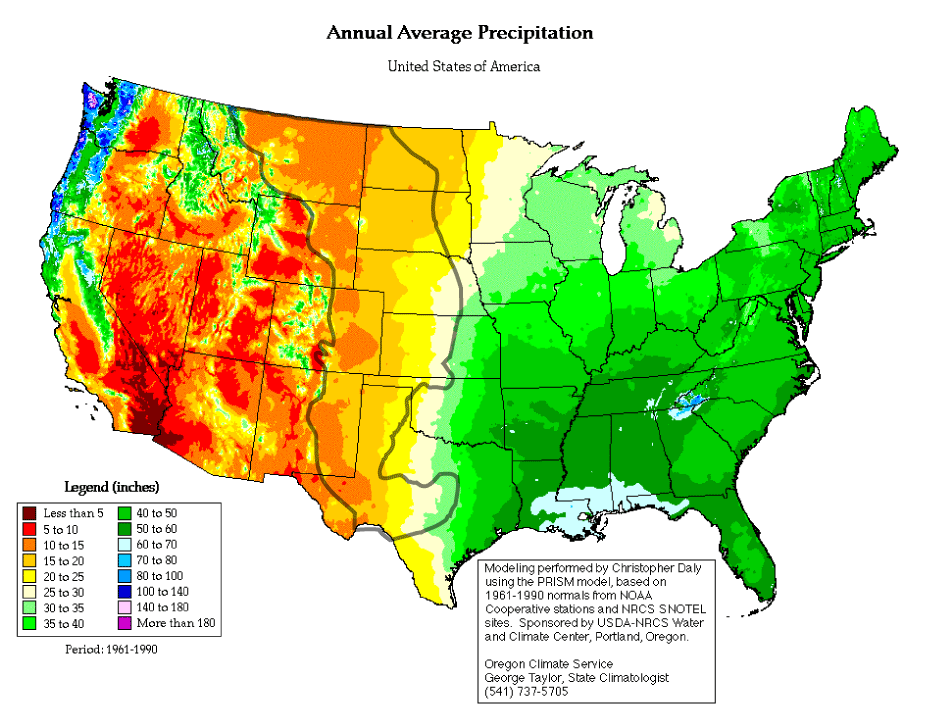
"Mistaken public policies have been largely responsible for the situation . . . . a mistaken homesteading policy, the stimulation of war time demands which led to over cropping and over grazing, and encouragement of a system of agriculture that could not be both permanent and prosperous."
p. 267, Egan.
"One man cannot stop the soil from blowing. But one man can start it."
When people along the eastern seaboard began to taste fresh soil from the plains two thousand miles away, many of them realized for the first time that somewhere, something had gone wrong with the land."
Hugh Hammond Bennett, USSCS,1936.
pp. 226-227, Egan.
"The basic cause of the Great Plain's situation is an attempt to impose upon a region, a system of agriculture to which the plains are not adapted."
The Buffalo Commons is the title of a plan to restore the high plains to their pre-settlement conditions better adapted to this semi-arid to arid regions once called the "Great American Desert," by Major Stephen Long during his survey in the 1820s.
Bennett | report | dates | photographs | Causes | Solutions | conclusion
Bennett had realized that "Black Sunday had changed everything. The storms detritus--or perhaps it was a new duster-- was moving east, picking up dirt in other states even if it no longer had enough force and density to blot out the sun.
The storm that blanketed New York and Washington one year earlier (1935) had been an eye opener."
. . . .as far away as Chicago, Maryland, and Virginia, well one thousand miles away.
Egan p. 227.
Early afternoon in mid-April, 1935, Capitol Hill:
"This gentleman is what I am talking about ." Said Bennett. "There goes Oklahoma."
The Soil Conservation Act and the appropriations for the Soil Conservation Service, with 150 CCC (Civilian Conservation
Egan, The Worst Hard Times
1929, October the stock market fell from which it not soon recovered.
"1930 was dry but most of the farmers made a wheat crop."
1930-1931, "After the blizzards in winter . . .the drought began."
In 1931 the wheat crop was considered a bumper crop with over twelve million bushels of wheat. Wheat was everywhere, in the elevators, on the ground and in the road.
The wheat supply forced the price down from sixty-eight cents/bushel in July 1930 to twenty-five cents/bushel in July 1931.
"Many farmers went broke and others abandoned their fields."
January 1933, the region was blasted by a . . . dirt storm which killed much of the wheat."
1934 to 1936, three record drought years for the nation.
1935, a more severe storm spread out of the plains and across most of the nation."
1936, the number of dirt storms increased and the temperature broke the 1934 record high by soaring above 120 degrees.
1936, the fall rains began to return and the heat wave was broken.
1937 was another year of unprecedented dirt storms and the usual floods.
1938 was the year of the "snuster". The snuster was a mixture of dirt and snow reaching blizzard proportions.
Bennett | report | dates | photographs | Causes | Solutions | conclusion
"The storm cause a tremendous amount of damage and suffering."
Excerpts from "The Dust Bowl, Men, Dirt and Depression" by Paul Bonnifield.
"On April 14, 1935, a freakish storm barreled through the Texas Panhandle, sweeping up 300,000 tons of topsoil."
The west, the Great American Desert, where the rain was to have followed the plow, was on the move --it was blowing east with a horrible fury that swept along with it the dreams of Hamilton and Jefferson for a republic built of small men's and women's dreams for a security in the future that was rooted in the nourishing soil of this land they so cherished."
"It seemed like something caused by man, a byproduct of hubris and ignorance on a grand scale. Maybe some of it could be reversed ....think anew about how they used land...."
pp. 225-226, Egan.
This page and the above paragraph was created by J. Siry, November 15, 2007, & 2-12-2012 .



